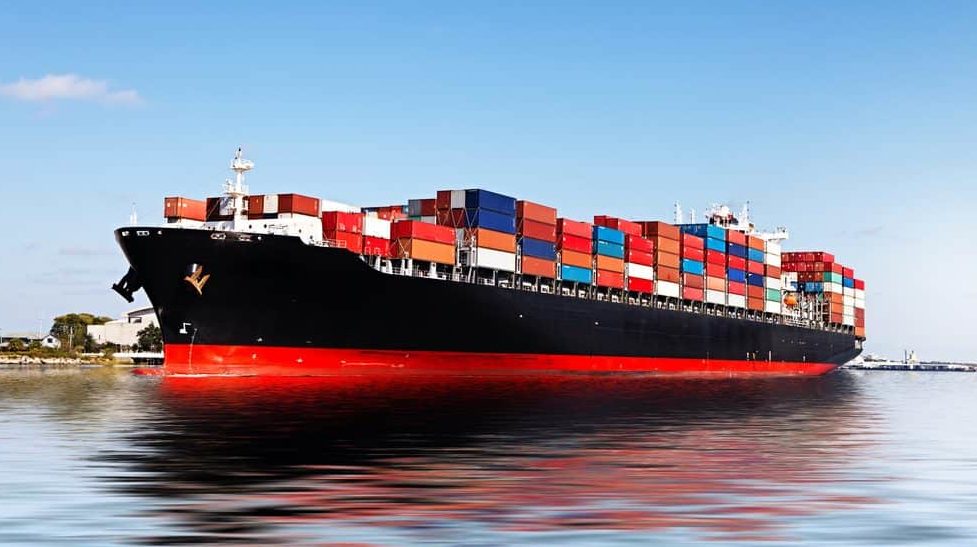Alphaliner said its data showed transpacific routes between Asia and North America had attracted the most extra tonnage over the past few months. There has been a substantial increase in extra capacity, with more than 30 ships between the Far East and the west coast of North America alone.
Although more capacity on the Asia-US tradelane is much needed, carriers are also deploying extra loaders and benefitting from the increased premiums that shippers have been paying on these lanes. See Mallory Alexander Asia-Pacific’s Blank Sailing and Extra Loader Tracker here.
According to Alphaliner data, in the past 12 months carriers have ramped up capacity between Asia and North America by 30.6%, and on Asia-Europe tradelanes by 19.7%. Of the 30.6% growth on Asia-North America routes, capacity growth has not been equally shared: five carriers have increased their average weekly nominal capacity more than the market average.
Nonetheless, redeploying ships to better-paying routes is a win-win for carriers, which after shifting vessels are able to command much higher rates for the capacity-crunched secondary trades. General rate increases (GRI’s) and port congestion surcharges will likely continue to climb. MSC, CMA-CGM, Matson, ZIM, and Hapag-Lloyd have all announced their own varieties of surcharges or increases on a variety of lanes.
Source: The Loadstar



